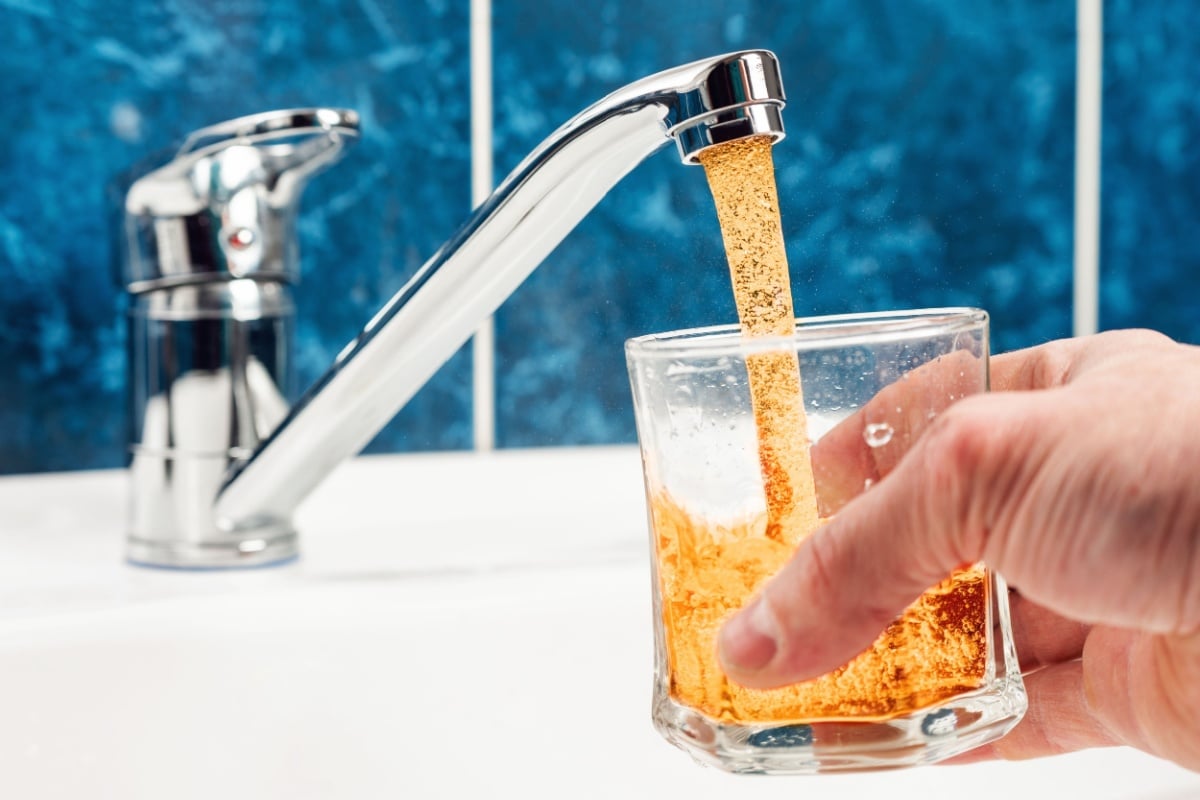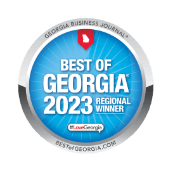
Imagine turning on your tap to get a glass of water, only to find that instead of clean, fresh water, your glass is full of murky, brown water. This scenario, while alarming, is precisely what backflow can cause. Backflow is the unwanted reversal of the flow of water, which can lead to contaminants entering your clean water supply. These contaminants can include pesticides, chemicals, or even sewage and pose serious health risks.
At this point, you’re probably wondering why backflow even occurs in the first place, and this is a great question. Backflow can occur due to a sudden drop in water pressure, which might be caused by events like a burst pipe or heavy water usage in the area, such as firefighting efforts. To combat the reversal of contaminated water, backflow prevention devices are installed. This backflow prevention guide will walk you through everything you need to know about these essential devices and how to keep your water supply free from contaminants.
An Overview of Backflow Preventers
Backflow preventers are specialized plumbing devices designed to keep contaminated water from flowing back into the clean water supply. With these systems installed, water can only flow in one direction. A backflow prevention device is especially critical in areas where irrigation systems, fire sprinkler systems, and other cross-connections are present.
There are several types of backflow prevention devices, each suited for different applications. One common type is the pressure vacuum breaker (PVB), often used in irrigation systems to prevent backflow. Another type is the double-check valve assembly, which consists of two check valves in a series for a double layer of protection. For more critical applications, such as hospitals or large commercial buildings, a reduced pressure zone (RPZ) assembly may be used. This device includes a relief valve that opens to discharge water if either check valve fails, ensuring that contaminated water is expelled rather than allowed to flow backward.
How Does a Backflow Valve Work?
A backflow valve is designed to open and allow water to flow through in the intended direction under normal conditions. However, if a reversal of flow is detected, such as when water pressure drops, the valve will automatically close. This closure prevents contaminated water from flowing back into the clean water supply line.
In some backflow preventers, like the reduced pressure zone (RPZ) assembly, an additional safety feature is included: a relief valve. This relief valve is designed to open and discharge water to the outside if either of the internal check valves fails. This ensures that even if there is a malfunction, contaminated water is not allowed back into the potable water supply.
A Brief Comparison of the Different Methods for Preventing Backflow
Backflow prevention measures vary based on the risk of contamination and the type of plumbing system involved. One of the simplest and most effective methods to prevent backflow is through the installation of an air gap. An air gap is a physical space between the end of a water supply outlet and the highest possible water level in a fixture, such as a sink or a tank. This space ensures that contaminated water cannot siphon back into the clean supply.
Another method for preventing backflow involves installing the devices we discussed earlier. Pressure vacuum breakers (PVB) or double-check valve assemblies are often installed directly in the plumbing line and provide a barrier to backflow. In higher-risk scenarios, such as industrial facilities or locations with multiple cross-connections, a reduced pressure zone (RPZ) assembly might be necessary for the highest level of protection. Each of these methods has its own set of benefits and applications, making it crucial to choose the right one based on your specific needs.
Choosing the Best Backflow Preventer
Selecting the right backflow preventer is key to protecting the quality of your water supply. When considering a backflow prevention device installation, keep this factors in mind:
- Level of Hazard: Determine whether you’re dealing with a low, moderate, or high-hazard situation. This will largely dictate the type of device you need.
- Application: Consider where and how the device will be used. Is it for a residential plumbing system, an irrigation system, or an industrial application?
- Local Regulations: Check your local plumbing codes, as they may specify which types of backflow preventers are required for different applications.
- Size and Flow Rate: Ensure the device can handle the required flow rate for your system without causing a significant pressure drop.
- Maintenance Requirements: Some devices require more frequent testing and maintenance than others. Consider the long-term commitment when making your choice.
- Cost: While it shouldn’t be the only factor, the cost of the device and its installation should be considered in your decision.
If any of this sounds daunting or confusing, it’s wise to partner with a qualified plumber to find the best backflow preventer that will adequately protect your water supply and meet all regulatory requirements.
The Importance of Regular Inspections and Testing
Once you’ve installed a backflow prevention device, your responsibility doesn’t end there. Regular inspections and testing are crucial to ensure that your device continues to function correctly and provide the protection you need.
Most local authorities require annual testing of backflow prevention devices by certified professionals. These backflow tests check for proper operation of the check valves and relief valves, ensuring that the device can effectively prevent backflow under various conditions.
Regular inspections can also catch potential issues before they become serious problems. This proactive approach can save you money in the long run by preventing costly repairs and water damage. It also provides you with peace of mind about the safety of your drinking water.
Trust TKO Plumbing Services for Backflow Prevention Solutions
Whether you’re dealing with residential, commercial, or industrial settings, it’s essential to understand what backflow prevention is and how to choose the right device for your needs. If you’re unsure which device you should install, TKO Plumbing Services is here to help. Our experienced team can assess your needs, recommend the best solution, and provide ongoing plumbing services to keep your system compliant and functional. Contact us today to schedule a consultation and keep your water supply safe!







